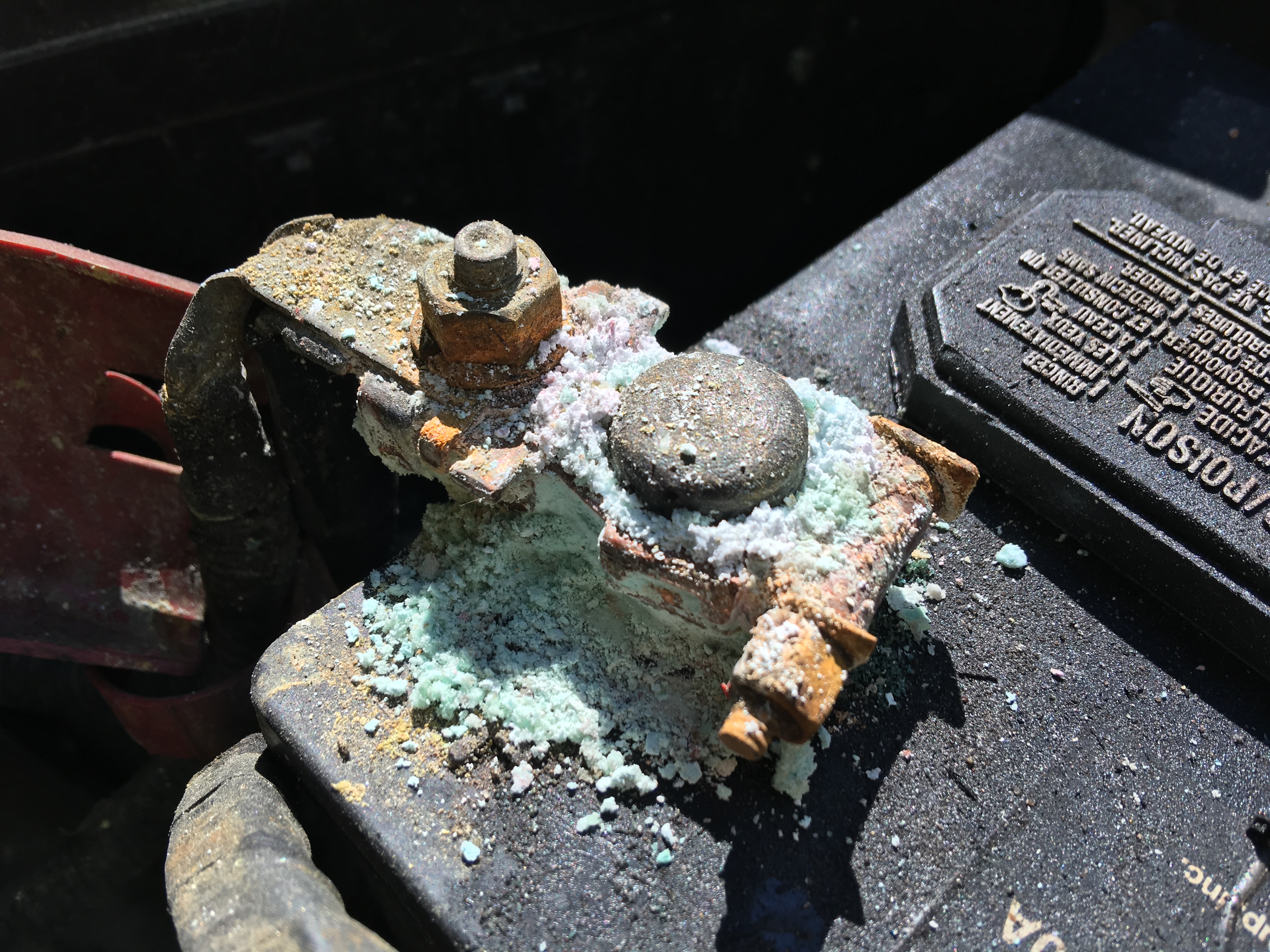The Useful Guide to Removing Battery Corrosion with Genius Car Mechanics Hacks

When you jump into your car, late for work, only to be met with the disheartening silence of a dead battery, it can send anyone into a panic. But before you assume the worst, let’s take a moment to understand a common culprit behind such mishaps: battery corrosion. Understanding what causes this crusty buildup on your battery terminals can help you tackle the situation with confidence. The white, blue, or green gunk that you see on your battery is a result of the sulfuric acid inside the battery reacting with the metal terminals. This reaction is often exacerbated by the battery heating up and cooling down, which in turn releases hydrogen gas that can combine with other elements, leading to that pesky residue. In fact, several factors can contribute to the formation of this corrosion, and being aware of them is the first step to prevention.
Age is a significant factor. As batteries grow older, they become more susceptible to corrosion. If your battery is approaching its expiration date, it’s wise to keep a close eye on it. Additionally, overcharging is another leading cause; an overcharged battery can release more hydrogen gas than usual, leading to increased corrosion. Electrolyte leaks can also be troublesome. If you notice any battery acid leaking, it could be the source of your corrosion woes. And, of course, poor maintenance plays a role. A dirty engine bay or neglecting to check your battery regularly can allow corrosion to take hold and wreak havoc.

Now that we’ve established the causes, let’s talk about the effects of battery corrosion. You might think, “It’s just a little gunk!” But battery corrosion is more than just unsightly; it’s a sneaky little parasite that drains the life out of your battery. Corrosion can lead to difficulty starting your car and, in severe cases, complete battery failure. Moreover, this buildup can prevent a solid connection between the battery terminals and the cables, resulting in poor electrical flow. This lack of connection can hinder your car’s performance and may even damage the electrical system in more severe situations.

So, what can you do about it? Thankfully, cleaning your battery terminals doesn’t require any fancy tools or special skills. You can utilize ordinary household supplies, which makes it accessible for everyone. To clean battery corrosion efficiently, you will need:
– Baking soda
– Water
– A soft-bristled brush
– A wire brush
– An adjustable wrench
– Protective gloves
– A clean cloth or towel
– Petroleum jelly or an anti-corrosion spray.
With these supplies in hand, you’re ready to tackle the corrosion.

The first step in this cleaning process is safety. Always wear gloves and safety goggles; you don’t want battery acid splashes ruining your day. Once geared up, it’s time to disconnect the battery. Start with the negative (black) cable, loosening it carefully with your wrench, followed by the positive (red) cable. It’s crucial to avoid touching the metal parts with your bare hands at this stage.

Next step, mix one tablespoon of baking soda with one cup of water. This concoction will become your best friend in the battle against battery corrosion. Stir it until the baking soda dissolves completely. Using a soft-bristled brush, gently scrub the battery terminals and cables with this mixture; it neutralizes any corrosive material you encounter. For tougher spots, reach for a wire brush to tackle stubborn corrosion.

Once you’ve scrubbed away the grime, rinse everything with clean water and dry it thoroughly with a cloth. This step is essential to ensure no moisture remains, which could contribute to future corrosion. Now that your terminals are clean, it’s time to reconnect the cables. Always connect the positive (red) cable first, followed by the negative (black) cable. Make sure they’re secure and snug.
To prevent future corrosion, apply a thin layer of petroleum jelly or an anti-corrosion spray to the terminals. This simple act can shield your battery from the elements and prolong its life significantly. Now you can rest easy, knowing you’ve tackled the issue head-on and are back on the road in no time!

To keep your battery in good shape and extend its life, there are a few extra tips you could consider. Regular driving helps recharge the battery, so aim for at least 20-minute drives whenever possible. In hot weather, keep your car parked in the shade or a garage, as heat can be detrimental to your battery’s health. Also, remember to turn off electronics while the engine is off to avoid draining your battery too quickly. Checking the battery voltage using a multimeter regularly ensures that everything is functioning correctly; a healthy battery should read between 12.4 and 12.7 volts when the engine is off.
With that last note, don’t forget to perform regular checks on your battery. Make it a part of your routine vehicle maintenance to visually inspect for signs of corrosion or leaks every few months. By being proactive, you can catch potential issues before they escalate, ensuring a longer lifespan for your battery.
Maintaining a clean battery is not just about aesthetics; it’s a vital practice to ensure the reliability and performance of your vehicle. With these practical steps, you’re equipped to tackle battery corrosion head-on and keep your car running smoothly! Say goodbye to the worry and hello to a well-maintained, efficient car battery.
Related posts:
Getting Rid of the Gunk: How to Clean Car Battery Corrosion
3 Ways to Clean Battery Corrosion and Build Up
15 Genius Car Maintenance Hacks That Will Save You a Fortune in Repairs
Discover more from Auto Travel World
Subscribe to get the latest posts sent to your email.
















